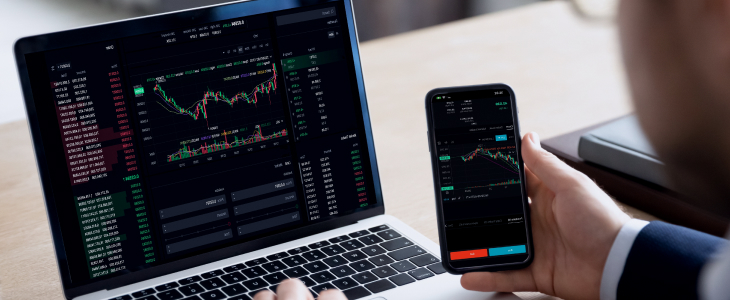
Understanding Forex Position Trading: A Comprehensive Guide
Forex position trading is a long-term trading strategy that hinges on fundamental analysis and macroeconomic factors. Unlike day trading or swing trading, which involve executing multiple trades within a short timeframe, position trading encourages traders to hold positions for weeks, months, or even years. This approach allows traders to capitalize on major trends in the Forex market, making it essential to understand how to effectively implement this strategy. As you navigate the Forex landscape, consider insights from forex position trading Thailand Brokers to enhance your trading journey.
What is Forex Position Trading?
Position trading is defined by the length of time a trader maintains a position in the market. Position traders focus on quadratic shifts in currency pricing across extended time frames, aiming to benefit from profound price movements rather than small, frequent profits. The fundamental belief behind position trading is that price trends will ultimately reflect significant economic indicators and data.
Key Characteristics of Position Trading
There are several key features that define position trading:
- Long Holding Periods: Positions are held for weeks, months, or years, based on macroeconomic trends.
- Fundamental Analysis: Position traders often employ fundamental analysis, examining economic indicators, geopolitical events, and central bank decisions.
- Psychological Fortitude: As this strategy requires a long-term approach, traders must develop the psychological resilience to endure price fluctuations without panicking.
- Lower Transaction Costs: Given the fewer trades, transaction costs such as spreads and commissions can be minimized significantly over time.
Advantages of Forex Position Trading
Adopting a position trading strategy presents numerous benefits for traders:
- Potential for Higher Returns: Traders can capitalize on macroeconomic trends, often leading to larger price swings and greater profits.
- Reduced Stress: Since traders are not constantly monitoring the market, they can experience reduced stress levels compared to day traders.
- Less Time Consuming: Position traders require less time for research and analysis in comparison to active traders, allowing them to maintain their day jobs or other commitments.
- Focus on Trends: Position trading inherently encourages traders to focus on long-term price movements, which can provide clearer insights and strategies.
Risks of Position Trading

Despite the benefits, position trading is not without its risks:
- Changing Market Conditions: Long-term trades may be adversely affected by sudden changes in market conditions or volatility.
- Opportunity Cost: By holding onto a position, traders may miss out on other trading opportunities that could be more lucrative.
- Emotional Strain: The psychological impact of holding losing positions for extended periods can lead to emotional strain and poor decision-making.
- Leverage Pitfalls: Using leverage can magnify both gains and losses, which is particularly dangerous for positions held over extended periods.
Strategies for Successful Position Trading
To maximize success in position trading, consider these strategies:
- Conduct Thorough Research: Utilize both technical and fundamental analysis to form a comprehensive view of the currency pair in question.
- Diversify Your Portfolio: Avoid putting all your capital into a single currency pair to reduce risk.
- Establish Clear Entry and Exit Points: Having a well-defined strategy for when to enter and exit a trade is crucial to managing risk effectively.
- Use Stop-Loss Orders: Implement stop-loss orders to protect against significant losses in case market conditions change unexpectedly.
- Stay Informed: Keep abreast of news and economic indicators that may impact your positions and adjust your strategy accordingly.
Tools for Position Traders
Position traders often utilize a variety of tools to support their trading strategy:
- Trading Platforms: Platforms like MetaTrader and cTrader are popular for executing trades and conducting analyses.
- Economic Calendars: Staying updated with global economic events can help traders anticipate potential market movements.
- Charting Software: Tools for technical analysis, including various indicators and chart types, can assist in monitoring trends.
- News Aggregators: Services that compile news from multiple sources enable traders to stay well-informed about market affecting changes.
The Bottom Line
Forex position trading is a viable strategy for those looking to invest in the currency market over the long term. With the right approach, traders can reap significant rewards by capitalizing on economic fundamentals and identifying overarching market trends. However, it’s important to recognize the associated risks and maintain a resilient trading mindset. By thoroughly researching and employing effective strategies, traders can navigate the Forex market successfully and maximize their trading potential.
Conclusion
While position trading in the Forex market requires patience and a solid understanding of economic indicators, it offers a unique chance to benefit from significant currency movements. Whether you’re a novice or an experienced trader, mastering position trading can enhance your trading toolkit and contribute to your long-term financial success.
